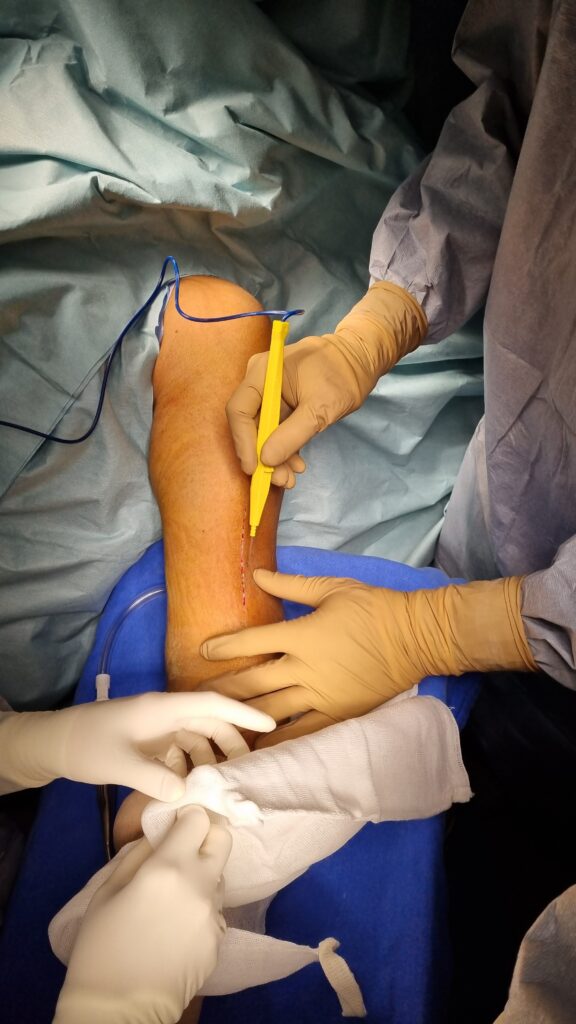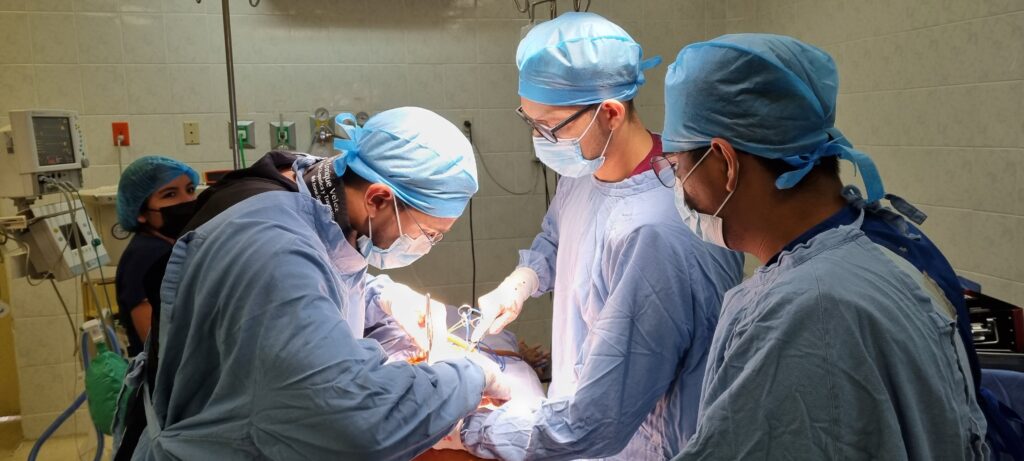HIP REPLACEMENT SURGERY
HIP REPLACEMENT SURGERY FAQ
Hip replacement is a medical procedure aimed to treat various conditions and injuries related to the Hip Joint.
This type of surgery is often necessary when non-surgical treatments, such as medication and physical therapy, do not provide sufficient relief to Pain, and other symptoms.
The hip joint, a ball-and-socket joint, plays a crucial role in allowing a wide range of motion, including standing, walking, running, and sitting.
Hip surgery is generally needed when pain impairs daily activities and other treatments have failed or barely worked.
Here are some conditions and diagnoses that might require a hip replacement
Hip Osteoarthritis
Rheumatoid Arthritis
Post-Traumatic Hip Arthritis
Hip Avascular Necrosis
Congenital hip Disorders and deformities
This is a multi-step process that involves careful planning, surgical intervention, and post-operative care. Here’s an overview of what patients can expect during the process for hip surgery:
1. Initial Consultation
2. Pre-Operative Preparation. Blood Work and X RAYS.
3. The Surgery
4. Post-Operative Care, wound check and stitches removal.
5. Rehabilitation
6. Long-Term and Life Style Recovery
Like all surgeries, hip procedures carry risks such as infection, blood clots, or joint stiffness. Dr. Enrique Vélez uses advanced minimally invasive techniques and follows strict post-operative protocols to reduce these risks. You'll receive personalized care instructions and follow-ups to ensure safe healing and long-term results.
Most modern hip implants can last 15 to 25 years, or even longer depending on the patient’s lifestyle, activity level, and overall health. Dr. Vélez uses high-quality materials and precision surgical techniques to maximize the durability and functionality of the implant.




